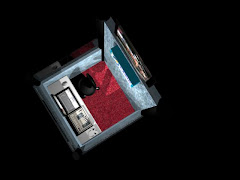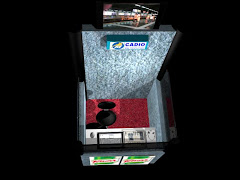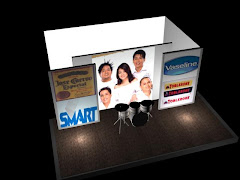Since cadio came from the concept of broadcasting, the time when it is heard and seen in a narrowcast coverage; the process of disseminating or transmitting the messages from it by using cables of ceiling and wall speakers is called narrowcasting. Cadio doesn’t use transmitters. TV & radio broadcasting uses cables and narrowcast a message to a particular place or group of targeted market to make something known to the public. “Your Dictionary” says that narrowcast is to transmit, as by cable, programs confined to the interests of a specific group of viewers, subscribers, or listeners, such as physicians, businesspeople, or teenagers. Likewise, cadio uses cables of ceiling and wall speakers bringing music, information and entertainment programs to the interests of specific groups inside a narrowcast coverage. The first example of narrowcasting was the installation of the cabvision network in London’s black cabs which shows limited pre-recorded television programmed interspersed with targeted advertising to taxicab passengers. Unlike the cabvision, cadio music and commercial programs are in FM broadcasting sound format. Based on wikipedia’s article on cabvision, it is said that this innovation started in the year 2000. Going back to cadio, before the name was given, the concept of it was first called “radio type booth” in the early 80”s in Makati Cinema Square Philippines. Then in 1999 it was named cadio bringing the two words together, cable and radio because the sound of it when heard over the ceiling speakers of a narrowcast coverage is like an FM radio. Besides, 90% of all the radio audio systems and devices is also what cadio uses. Why cable? Because to come-up with an FM radio sound, cadio needs cables to narrowcast. Unlike radio, it uses transmitters and radio set receivers. Check cadio history in a Philippine Newspaper article with “Manila Bulletin” and discover that cadio came first before cabvision.
If the Philippines have only the money to promote and support its people's concepts, innovations, inventions, and having the right people to deal with, cadio could have been the main reference of narrowcasting not cabvision.
Sunday, June 20, 2010
Sunday, June 6, 2010
Two Ways to Narrowcast
1.PUBLIC CAPTIVE MARKET APPROACH - the advertiser can witness their market; listening, watching or hearing their commercials because of a strategic way of disseminating messages.
When advertisers buy spots in a medium like POP (point of Purchase) using audio or video system of malls or public places by maximizing their speakers, advertisers get more value on their commercials. It’s a Public Captive Market Approach, because the audience got no choice but to hear the commercials being played. If an audience hears a commercial and he doesn’t like it; are we convinced that he’ll cover his ears while roaming around the mall? The same thing happens in other narrowcast coverage like airplanes & airports, amusement parks, banks, boats & piers, boutiques, buildings & elevators, buses & terminals, business centers, clinics, couriers, department stores, gas stations, government places, hardware stores, hospitals, hotels, offices, places of events, private places, public places, restaurants, salons, schools, shops, show rooms, sports & gyms, sports shops, stores, supermarkets, trains & stations, wholesaler-retail places, etc.
2.PRIVATE CAPTIVE MARKET APPROACH – advertiser can’t witness their market; listening, watching or hearing their commercials because the source is in a broadcasting way of disseminating of messages.
When advertisers buy spots on TV or radio, they can’t witness their market listening, watching or hearing their ads because most of the receivers (listeners and viewers) are in their houses or in their motor vehicles. Still, it becomes a Private Captive Market Approach when an audience sees and hears the commercial privately played on air.
When advertisers buy spots in a medium like POP (point of Purchase) using audio or video system of malls or public places by maximizing their speakers, advertisers get more value on their commercials. It’s a Public Captive Market Approach, because the audience got no choice but to hear the commercials being played. If an audience hears a commercial and he doesn’t like it; are we convinced that he’ll cover his ears while roaming around the mall? The same thing happens in other narrowcast coverage like airplanes & airports, amusement parks, banks, boats & piers, boutiques, buildings & elevators, buses & terminals, business centers, clinics, couriers, department stores, gas stations, government places, hardware stores, hospitals, hotels, offices, places of events, private places, public places, restaurants, salons, schools, shops, show rooms, sports & gyms, sports shops, stores, supermarkets, trains & stations, wholesaler-retail places, etc.
2.PRIVATE CAPTIVE MARKET APPROACH – advertiser can’t witness their market; listening, watching or hearing their commercials because the source is in a broadcasting way of disseminating of messages.
When advertisers buy spots on TV or radio, they can’t witness their market listening, watching or hearing their ads because most of the receivers (listeners and viewers) are in their houses or in their motor vehicles. Still, it becomes a Private Captive Market Approach when an audience sees and hears the commercial privately played on air.
Subscribe to:
Comments (Atom)






































